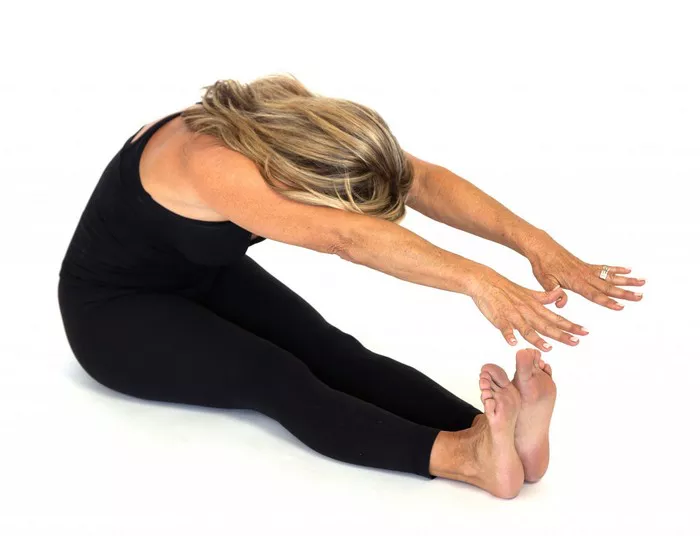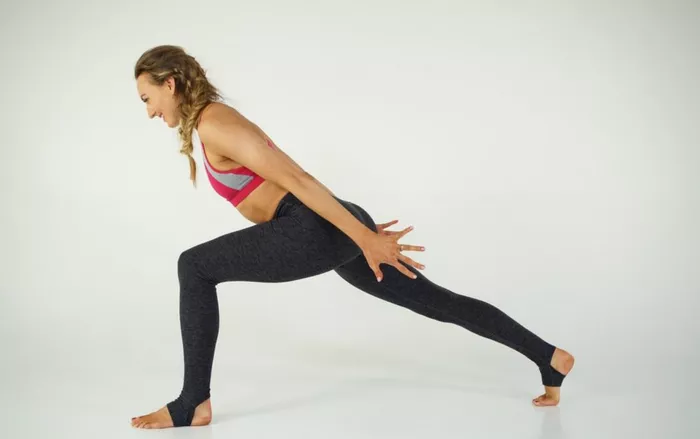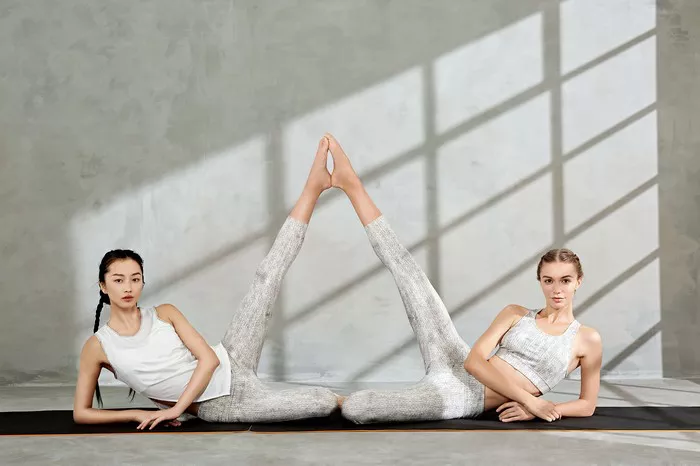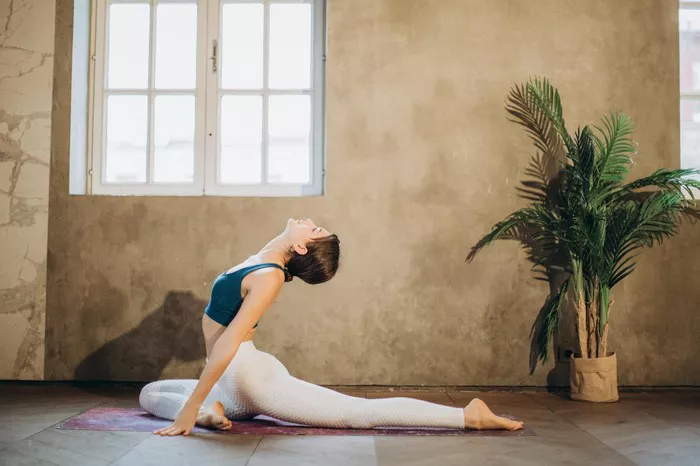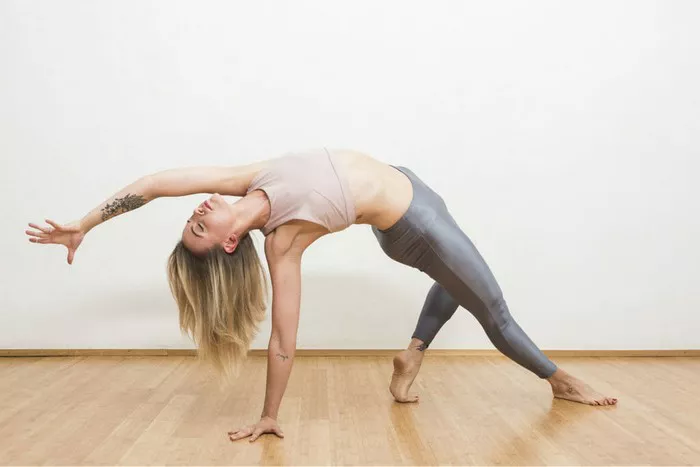Flexibility is a vital component of overall physical well-being, contributing to improved performance in various physical activities and reducing the risk of injuries. Among the many areas of the body that benefit from enhanced flexibility, the hamstrings and lower back are particularly important. Tightness in these areas can lead to discomfort, limited range of motion, and even chronic pain. Fortunately, yoga offers a comprehensive approach to improving flexibility, strength, and mobility in the hamstrings and lower back. In this article, we’ll explore the significance of flexibility in these regions, common issues associated with tightness, and specific yoga poses and practices to promote flexibility and alleviate discomfort.
The Importance of Flexibility in the Hamstrings and Lower Back
The hamstrings are a group of three muscles located at the back of the thigh: the semitendinosus, semimembranosus, and biceps femoris. These muscles play a crucial role in various activities such as walking, running, jumping, and bending forward. Tight hamstrings can restrict movement in the hips and pelvis, leading to imbalances and placing strain on the lower back.
Similarly, the lower back, or lumbar spine, is a complex structure consisting of vertebrae, discs, ligaments, and muscles. Poor flexibility in the lower back can result in stiffness, reduced mobility, and increased susceptibility to injuries such as strains and herniated discs. Additionally, tightness in the lower back often contributes to postural issues and discomfort during prolonged sitting or standing.
Maintaining flexibility in the hamstrings and lower back is essential for overall physical function and well-being. Flexible muscles and joints support proper alignment, reduce the risk of injuries, and enhance performance in both everyday activities and athletic pursuits.
Common Issues Associated with Tight Hamstrings and Lower Back
Several factors can contribute to tightness in the hamstrings and lower back, including:
1. Sedentary Lifestyle: Prolonged periods of sitting can lead to tightness and stiffness in the hamstrings and lower back muscles.
2. Lack of Stretching: Insufficient stretching or neglecting flexibility exercises can result in tightness and reduced range of motion.
3. Poor Posture: Slouching or maintaining improper posture puts undue stress on the lower back and can exacerbate tightness.
4. Overuse or Injury: Repetitive movements or sudden trauma can cause muscle strain or injury, leading to tightness and discomfort.
Tight hamstrings and lower back muscles often manifest through symptoms such as:
- Difficulty touching toes or bending forward without discomfort.
- Persistent lower back pain, especially after prolonged sitting or physical activity.
- Limited range of motion in the hips and pelvis.
- Discomfort or stiffness during activities that involve bending or lifting.
Addressing tightness in these areas requires a multifaceted approach that includes stretching, strengthening, and mindful movement practices such as yoga.
Yoga Poses for Flexibility in the Hamstrings and Lower Back
Yoga offers a holistic approach to improving flexibility, strength, and mobility throughout the body, including the hamstrings and lower back. Incorporating a regular yoga practice can help alleviate tightness, reduce discomfort, and enhance overall well-being. Below are some yoga poses specifically targeted to stretch and strengthen the hamstrings and lower back:
1. Forward Fold (Uttanasana): Stand with feet hip-width apart, hinge at the hips, and fold forward, reaching hands towards the ground or holding onto opposite elbows. Keep a slight bend in the knees to protect the lower back. Hold for 30 seconds to one minute, focusing on lengthening the spine and relaxing the neck.
2. Downward-Facing Dog (Adho Mukha Svanasana): Begin on hands and knees, tuck toes, and lift hips towards the ceiling, forming an inverted V shape with the body. Press palms into the ground, straighten arms and legs (keeping a slight bend in the knees if needed), and engage the core. Pedal feet to alternate stretching the calves and hamstrings. Hold for 5-10 breaths.
3. Seated Forward Bend (Paschimottanasana): Sit on the floor with legs extended in front, feet flexed towards the ceiling. Inhale to lengthen the spine, then exhale to fold forward from the hips, reaching hands towards feet or holding onto ankles or shins. Keep the back straight and avoid rounding the spine. Hold for 30 seconds to one minute, breathing deeply into the stretch.
4. Half Splits (Ardha Hanumanasana): From a kneeling position, step one foot forward into a lunge, then straighten the front leg while flexing the foot towards the ceiling. Hips are squared, and the torso hinges forward over the extended leg. Keep a microbend in the knee to protect the hamstring. Hold for 30 seconds to one minute on each side.
5. Cat-Cow Stretch (Marjaryasana-Bitilasana): Begin on hands and knees in a tabletop position. Inhale, arch the back, and lift the tailbone and gaze towards the ceiling (cow pose). Exhale, round the spine, tuck the chin to the chest, and draw the belly button towards the spine (cat pose). Flow between these two poses for 5-10 breaths, focusing on mobilizing the spine and releasing tension in the lower back.
6. Reclining Hand-to-Big-Toe Pose (Supta Padangusthasana): Lie on your back with legs extended. Bend one knee towards the chest and loop a yoga strap or towel around the foot. Straighten the leg towards the ceiling, keeping the opposite leg grounded and the hips level. Hold the strap with both hands and gently guide the leg closer to the body, feeling a stretch in the hamstring. Hold for 30 seconds to one minute on each side.
7. Bridge Pose (Setu Bandhasana): Lie on your back with knees bent and feet hip-width apart, arms by your sides. Press into the feet to lift the hips towards the ceiling, engaging the glutes and thighs. Interlace fingers under the body and roll shoulders underneath, creating a slight backbend. Hold for 30 seconds to one minute, then release back down slowly.
Incorporate these yoga poses into your regular practice to gradually increase flexibility and alleviate tightness in the hamstrings and lower back. Remember to listen to your body, move mindfully, and avoid forcing or overstretching to prevent injury.
Additional Tips for Hamstring and Lower Back Health
In addition to practicing yoga, consider implementing the following tips to support the health and flexibility of your hamstrings and lower back:
1. Stay Active: Incorporate regular physical activity into your routine, including cardiovascular exercise, strength training, and flexibility exercises.
2. Maintain Proper Posture: Be mindful of your posture throughout the day, whether sitting, standing, or walking. Practice sitting up tall with shoulders relaxed and spine aligned.
3. Hydrate and Nourish: Drink plenty of water and consume a balanced diet rich in nutrients to support muscle function and tissue repair.
4. Prioritize Rest and Recovery: Allow your body time to rest and recover between workouts, and prioritize quality sleep to support overall recovery and muscle repair.
Concusion
By integrating these practices into your lifestyle, you can promote flexibility, strength, and resilience in your hamstrings and lower back, enhancing your overall well-being and quality of life. Remember that consistency and patience are key, and gradual progress will lead to lasting improvements in flexibility and mobility.

